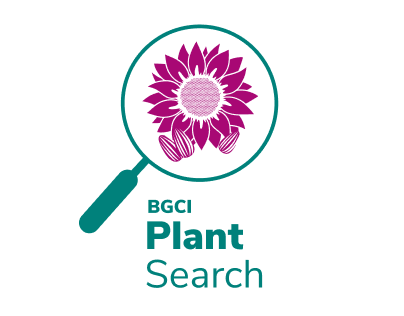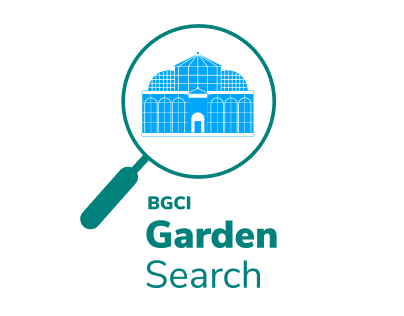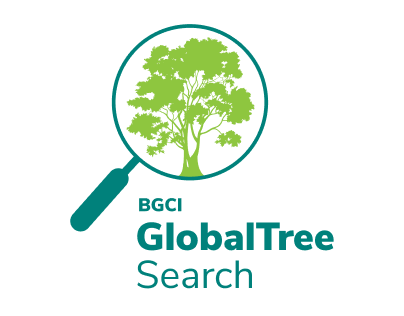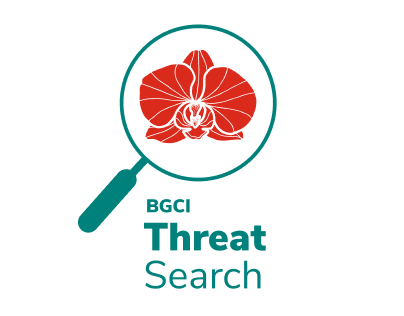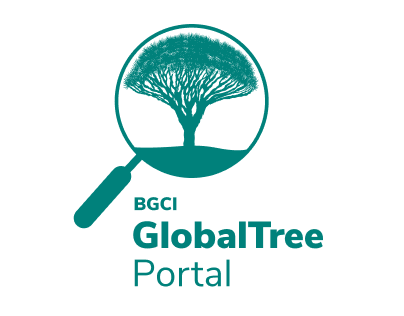ThreatSearch
- GardenSearch
- PlantSearch
- ThreatSearch
- GlobalTreeSearch
- PlantConnect
- GlobalTree Portal
- BGCI's Directory of Expertise
ThreatSearch is a global database of all known conservation assessments of plants. It contains global, regional and national conservation assessments for plants from a variety of sources. The aim is for ThreatSearch to be a one-stop shop to find any conservation assessment for plants.
Together with our two main collaborators – the National Red List and the Royal Botanic Gardens, Kew – we have assembled currently available conservation assessments into a single list of conservation assessments for plants. Additional significant contributors include NatureServe and CNCFlora. We are continuing to add new conservation assessments, as well as adding older non-digital sources.
ThreatSearch can be used to measure progress toward several targets of the Global Strategy for Plant Conservation. First and foremost, by listing all conservation assessments for plants it helps to track progress towards Target 2 (An assessment of the conservation status of all known plant species, as far as possible, to guide conservation action). ThreatSearch will further help to measure Target 7 (At least 75 per cent of known threatened plant species conserved in situ) and Target 8 (At least 75 per cent of threatened plant species in ex situ collections, preferably in the country of origin, and at least 20 per cent available for recovery and restoration programmes). ThreatSearch also aims to be directly relevant to conservationists, educators, horticulturists, researchers, policy makers and many others who are working to save and understand plant diversity.
Taxonomy
Species names have been matched to The Plant List (www.plantlist.org) whenever possible, and accepted names will be shown in bold. Names not in bold may be synonyms, or unassessed, names or names that have not yet been matched to an entry in The Plant List.
Scope
The scope of the assessments has been assigned as Global, Not Global or Unknown. For many national or regional assessments, it has not been possible to assign a scope, as it is not known if the species is endemic to the geographical extent to which it was assessed.
Conservation status
Conservation assessments are carried out using a variety of different systems, an interpreted conservation status is therefore given to all assessments to be able to compare between systems.
| Interpreted conservation status | Given conservation status |
| Extinct | EX; EW; Extinct; GX; NX; SX; TX |
| Threatened | V; E; EN ;CR; EX/E; Endangered; Vulnerable; Extinct/Endangered; GH; G1; G2; NH; SH; N1; S1; N2; S2; T1; T2; TH |
| Possibly Threatened | R; NT; LR/nt; Rare; LR/cd; G3; N3; S3; T3 |
| Not Threatened | LC; LR/lc; Not Threatened; Lower Risk: Least Concern; G5; N5; S5; T5; G4; N4; S4; T4 |
| Data Deficient | I; DD; Insufficiently Known; Indeterminate; NA; GU; Q; NU; SU |
Contribute to ThreatSearch
If you know of any conservation assessments that are missing, please let us know redlist@bgci.org.
Citing ThreatSearch
Please cite any use of ThreatSearch data as:
BGCI. [YEAR ACCESSED]. ThreatSearch online database. Botanic Gardens Conservation International. Richmond, UK. Available at https://tools.bgci.org/threat_search.php. Accessed on (DD/MM/YYYY).
Data User Agreement
Please refer to BGCI Data User Agreement when downloading data from ThreatSearch.
Share
